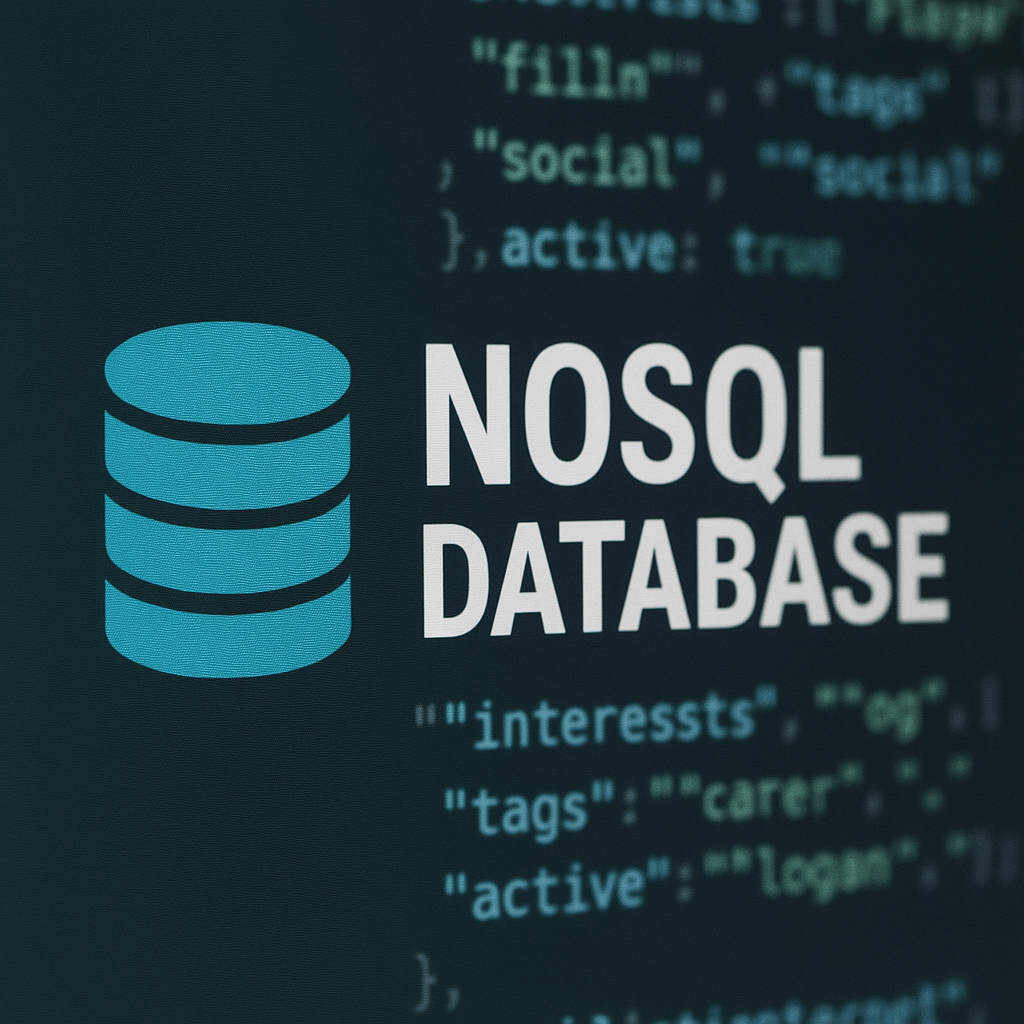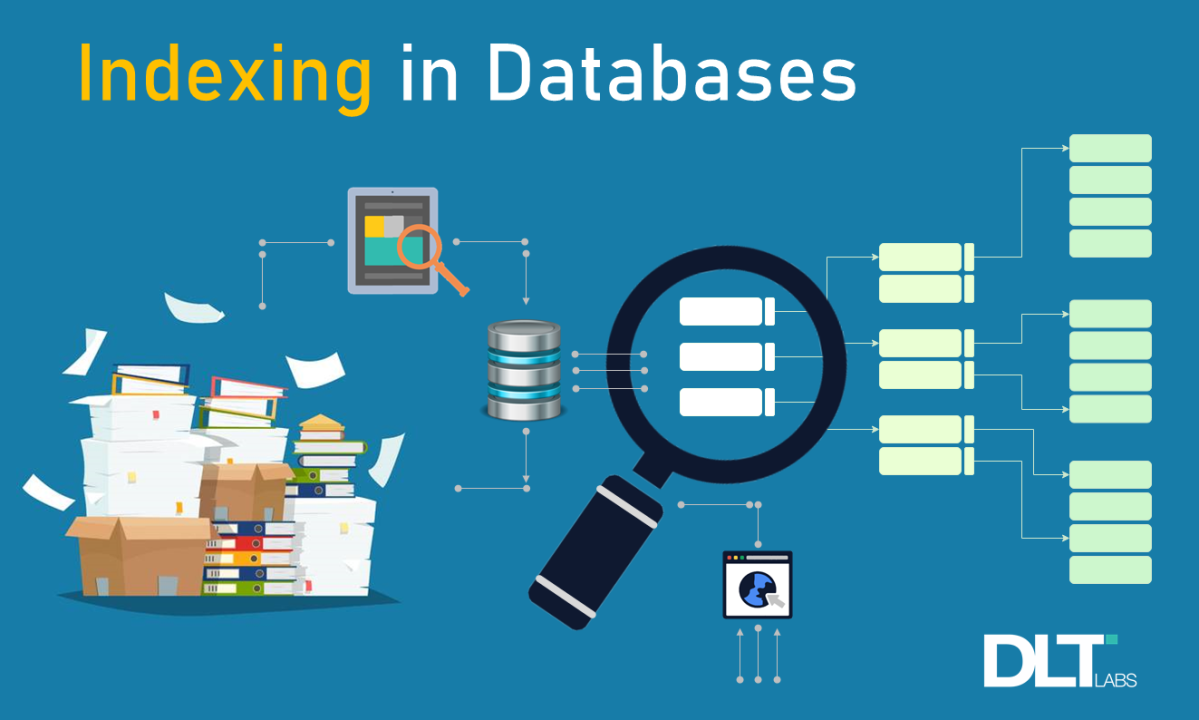The N+1 query problem is a common performance bottleneck in applications that interact with databases.It occurs when an application executes N additional queries to retrieve data that could have been fetched with a single query, after an initial query retrieves a list of parent records.This results in N+1 total queries instead of just 1, leading to significant performance degradation, especially as your dataset grows.
This article will break down what the N+1 query problem is, illustrate its impact, and provide practical strategies to resolve it across various programming environments and ORMs (Object-Relational Mappers).
Understanding the N+1 Query Problem
Imagine you have two database tables: Authors and Books. Each author can have multiple books.
CREATE TABLE Authors (
id INT PRIMARY KEY AUTO_INCREMENT,
name VARCHAR(255)
);
-- Books Table
CREATE TABLE Books (
id INT PRIMARY KEY AUTO_INCREMENT,
title VARCHAR(255),
author_id INT,
FOREIGN KEY (author_id) REFERENCES Authors(id)
);```Now, let's say you want to display a list of authors and, for each author, list all their books.
The N+1 Scenario:
1 - Initial Query (1 query): You first fetch all authors.
SELECT * FROM Authors;
If this query returns 10 authors, you now have 10 author objects in memory.
2- Subsequent Queries (N queries): For each of these 10 authors, you then execute a separate query to fetch their books.
SELECT * FROM Books WHERE author_id = [author_id_1];
SELECT * FROM Books WHERE author_id = [author_id_2];
-- ... and so on, for all 10 authors```This results in 10 additional queries.
Total Queries = 1 (for authors) + 10 (for books) = 11 queries.
If you had 1000 authors, you'd end up with 1001 queries. This seemingly small issue quickly escalates, leading to:
- Increased Database Load: More round trips to the database.
- Higher Latency: Each round trip takes time, accumulating into slow response times.
- Wasted Resources: The database server and your application server spend more time on communication overhead than on actual data processing.
Resolving N+1 Queries
The core solution to the N+1 problem is to fetch all necessary related data in fewer, more efficient queries. This is primarily achieved through eager loading.
1. Eager Loading with JOINs (SQL-level)
The most fundamental way to resolve this is by joining the tables and fetching all related data in a single SQL query.
SELECT A.id AS author_id, A.name AS author_name,
B.id AS book_id, B.title AS book_title
FROM Authors A
LEFT JOIN Books B ON A.id = B.author_id;```This single query retrieves all authors and their associated books. Your application code then needs to iterate through the results and manually group the books under their respective authors. While efficient at the SQL level, this can be cumbersome in application code, which is where ORMs shine.
2. Eager Loading with ORMs (Recommended)
Most ORMs provide mechanisms for eager loading. The exact syntax varies, but the concept is the same: tell the ORM to load related data upfront.
Example: Ruby on Rails (ActiveRecord)
- N+1 Problem:
authors = Author.all # 1 query
authors.each do |author|
puts "Author: #{author.name}"
author.books.each do |book| # N queries, one for each author.books
puts " - #{book.title}"
end
end
- Solution with
includes(Eager Loading):
authors = Author.includes(:books).all # 2 queries (one for authors, one for books, efficiently loaded)
authors.each do |author|
puts "Author: #{author.name}"
author.books.each do |book| # No additional queries here!
puts " - #{book.title}"
end
end
Author.includes(:books) tells ActiveRecord to fetch all authors and their associated books in either one JOIN query (if appropriate) or two separate queries (SELECT * FROM Authors and SELECT * FROM Books WHERE author_id IN (...)), and then efficiently join them in memory. The latter is often preferred by ORMs to avoid duplicating parent data in the result set when using JOIN.
3. Batched Loading / Dataloaders (Advanced)
For situations where eager loading isn't always feasible or when dealing with complex query patterns (e.g., in GraphQL resolvers), "dataloaders" or "batched loading" patterns can be very effective. These tools essentially collect all requests for a certain type of related data within a single request cycle and then make a single batched database call for all of them.
This is particularly useful in GraphQL where different parts of a query might request the same type of related data independently. A dataloader ensures that all such requests for the same author_id (for example) are combined into one database call.
4. Cache Results
If the related data doesn't change frequently, you can cache the results of your eager-loaded queries. This reduces database hits significantly for subsequent requests.
- Application-level caching: Store the fetched data in memory (e.g., Redis, Memcached) or a local cache within your application.
- ORM caching: Some ORMs offer built-in caching mechanisms.
5. Denormalization (Use with Caution)
In very specific cases, if a particular piece of related data is frequently accessed and doesn't change often, you might consider denormalizing your database by storing a copy of that data directly in the parent table.
For example, if an Author only ever has one "best book," you might store best_book_title directly in the Authors table. However, this introduces data redundancy and requires careful management to keep the data consistent when changes occur. Use this only after considering other optimization strategies.
Conclusion
The N+1 query problem is a classic performance anti-pattern.While ORMs simplify database interactions, their lazy-loading defaults can inadvertently introduce this issue.By understanding the problem and leveraging eager loading techniques provided by your ORM (e.g., includes, joinedload, with), you can dramatically reduce database load and improve the responsiveness of your application. Always prioritize eager loading as your primary solution, and only consider more advanced techniques like batched loading or caching when standard eager loading is insufficient for your specific use case.



